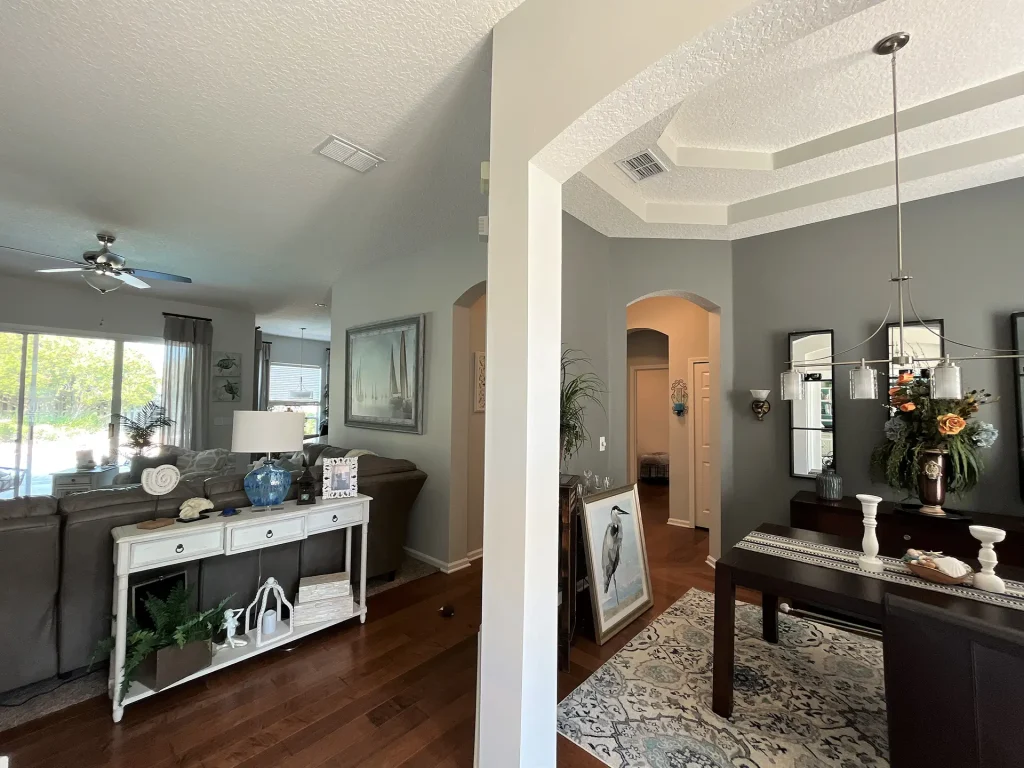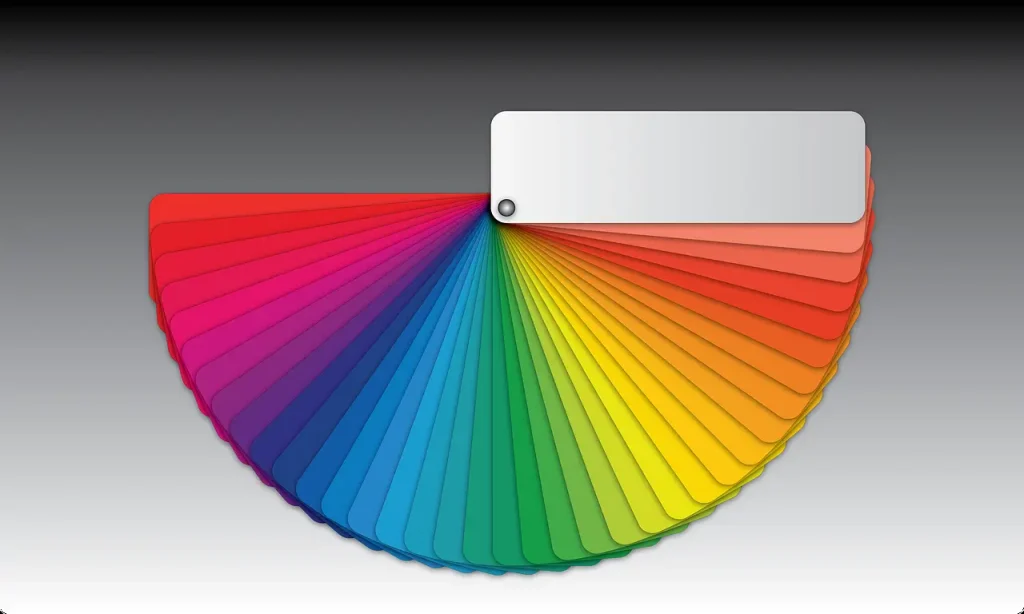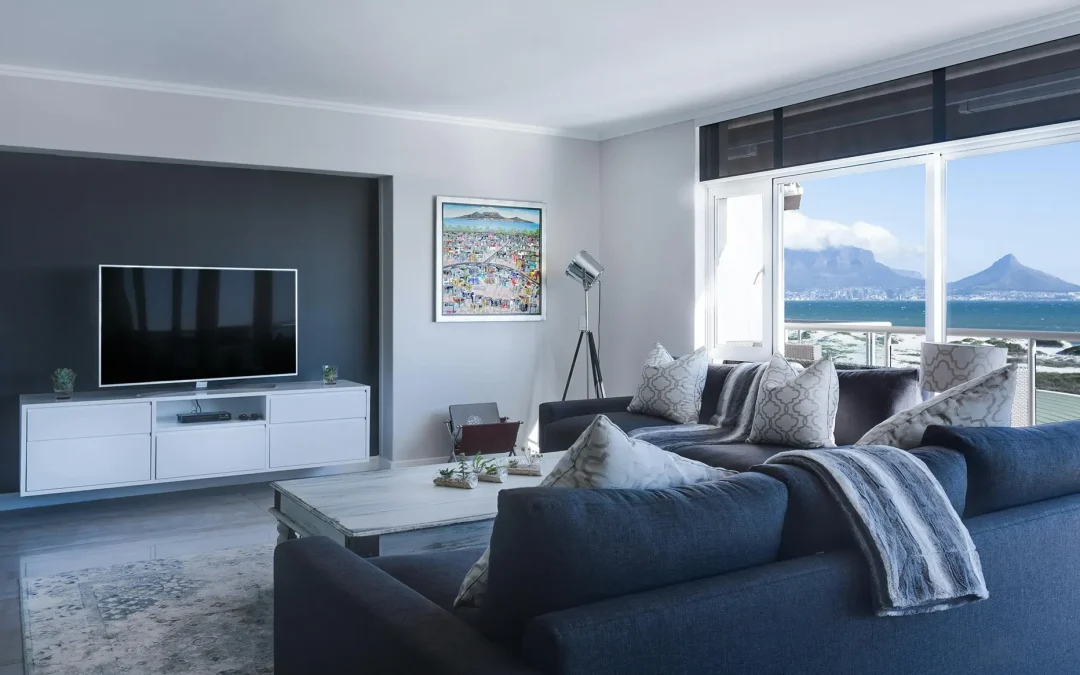Are you looking for paint colors for the living room? Painting your living room in different colors is an excellent way to break away from the traditional single-tone walls and infuse your space with personality and style. From bold accent walls to subtle complementary shades, using more than one color can create depth, vibrancy, and a dynamic aesthetic. But how do you decide what works best for your space?
Breaking the monotony in a living room with different paint color ideas
Painting your living room in multiple colors is a creative way to transform your space, making it unique and visually appealing. Instead of sticking to one uniform color, you can use different shades and tones to define areas, add depth, and create a balanced, inviting atmosphere. This trend is increasingly popular in modern home design, as it allows homeowners to showcase their personality and style preferences. Let’s face it, grey paint colors for a living room can sometimes be quite monotonous on its own.
Incorporating different colors can also help enhance the room’s features. For example, darker tones can add drama to large spaces, while lighter shades make smaller rooms feel bigger and more open. A well-thought-out color scheme can also help highlight architectural elements, such as moldings or built-in shelves, turning them into focal points.
→ Interior painting service in Saint Augustine
Benefits of painting a living room with different colors
A monochromatic living room paint color scheme can sometimes feel flat. By incorporating different colors, you create contrast and depth, making the room more engaging. For instance, a darker accent wall can add sophistication, while lighter tones on other walls create balance and openness.
For open-concept living rooms, using different colors can help define specific areas. For example, you might use one blue color to highlight the seating area and another room color for a dining nook. This technique provides a subtle way to organize the room without physical dividers.

Using color is a powerful way to express your style and mood. Whether you lean toward warm earth tones for a cozy feel or vibrant hues for an energizing space, painting with multiple colors lets you tailor the atmosphere to your personality.
Tips for choosing complementary colors
Contemporary painting ideas for living rooms and dining rooms associated with shades of gray have been very popular among our customers lately. If you want to choose the color pairs yourself, you have to pay attention to a few things! Now we will tell you what color to paint in living room!
- Start with a neutral base: Neutral colors like white, beige, or light gray provide a versatile foundation for your living room. These shades pair well with almost any accent color, allowing you to experiment with bolder tones without overwhelming the space.
- Use the color wheel: A color wheel is a great tool for identifying complementary colors. Pair colors opposite each other on the wheel (e.g., blue and orange) for bold contrast, or choose adjacent colors (e.g., blue and green) for a more subtle blend.
- Consider the room’s lighting: Natural and artificial lighting can drastically affect how colors appear. Darker shades may feel cozy in a well-lit room but can make dimly lit spaces feel smaller. Test paint samples at different times of the day to see how they look in your space.
- Balance warm and cool tones: Warm tones like reds and yellows add energy, while cool tones like blues and greens promote relaxation. Combining the two in your palette creates a balanced ambiance.

Picture: Pixabay.com
Stick to the 60-30-10 rule by paint design for living room
Use 60% of a dominant color, 30% of a secondary color, and 10% of an accent color. For example, paint most of your walls a neutral shade, add a bold color for an accent wall, and incorporate pops of color through furniture or décor.
Popular living room color combinations
Finding the perfect color combinations for your living room can be exciting and transformative. Here are some tried-and-true combinations to inspire your design:
- Gray and yellow: A light gray base paired with pops of sunny yellow creates a modern and cheerful look. This combination works well for those seeking a sophisticated yet lively ambiance.
- Navy blue and white: This classic duo is perfect for creating a timeless and elegant space. Navy blue brings depth and richness, while crisp white keeps the room feeling fresh and airy.
- Earthy greens and browns: Nature-inspired shades like sage green and chocolate brown create a calming, organic vibe. These colors are especially effective in spaces with plenty of natural light and wooden furniture.
- Beige and burgundy: For a cozy and warm look, pair soft beige walls with rich burgundy accents. This combination works well for traditional and transitional living rooms.
- Monochromatic neutrals: Use varying shades of one color, such as light, medium, and dark gray, to create a sophisticated and cohesive look. Add texture through fabrics and décor to keep it visually interesting.
Remember to always choose light colors for large paintings for a living room. Use the darker colors for smaller wall sections and accents. It is worth deviating from this rule if it is a larger room that has large windows and thus receives a lot of natural light.
Practical considerations when painting
For living room walls, satin or eggshell finishes are excellent options as they provide a balance of durability and aesthetic appeal. These finishes are easy to clean, making them suitable for high-traffic areas.
Before painting clean your walls to remove dust and grease, fill in any cracks or holes, and sand rough patches to ensure the paint adheres evenly.
Paint colors often look different on the wall compared to a paint swatch. Apply small test patches of your chosen colors in different areas of the room to see how they appear in various lighting conditions.
High-quality brushes, rollers, and painter’s tape can make a significant difference in the final result. They help achieve a smoother application and reduce the risk of uneven finishes or paint bleeding.
Painting can be time-intensive, especially when working with multiple colors. Plan your schedule realistically and account for the cost of paint, tools, and any professional painter help in Saint Augustine if needed.
Ensure your living room is well-ventilated during and after painting to prevent the buildup of fumes. If you’re using oil-based paints, wear a mask to avoid inhaling harmful chemicals.
I trust that with my advice you can easily choose the right wall colors for your space, however, if you would rather entrust the task to a professional painter in the St. Augustine area, feel free to call me for a free quote. Call now: 1(904) 217-9681
Cover image: Pexels


